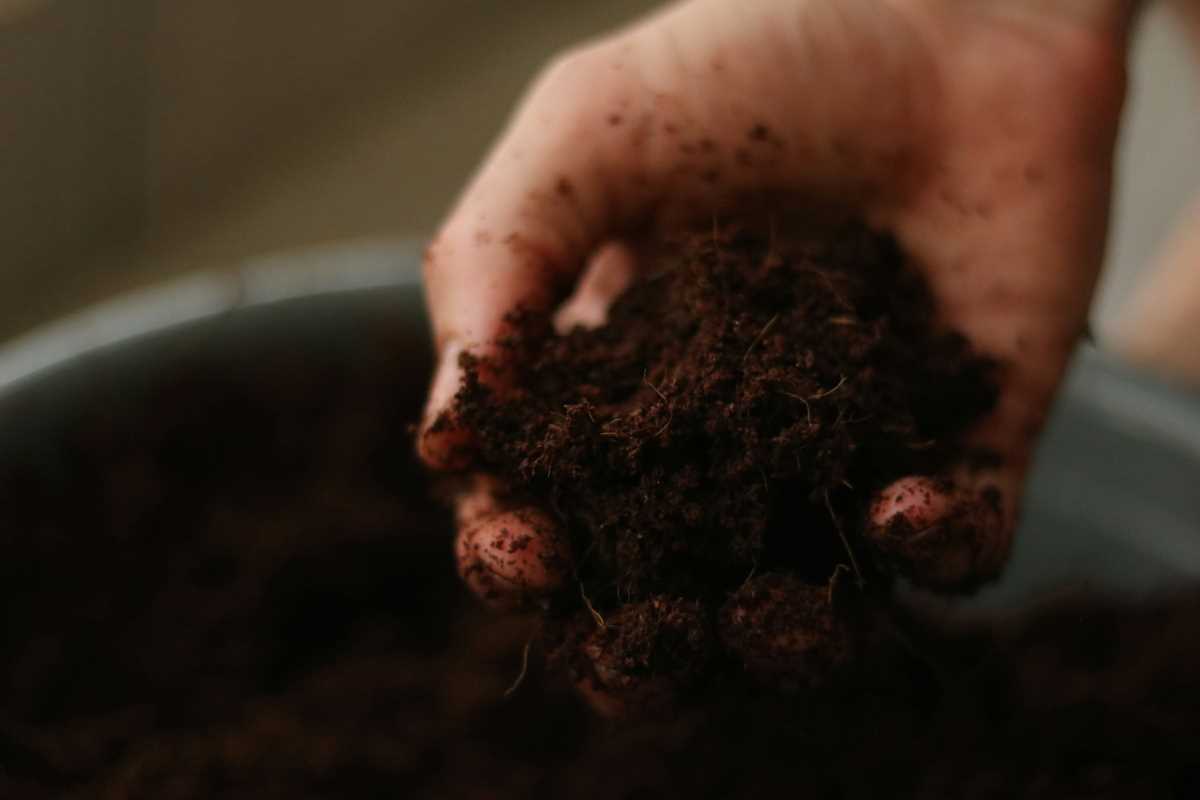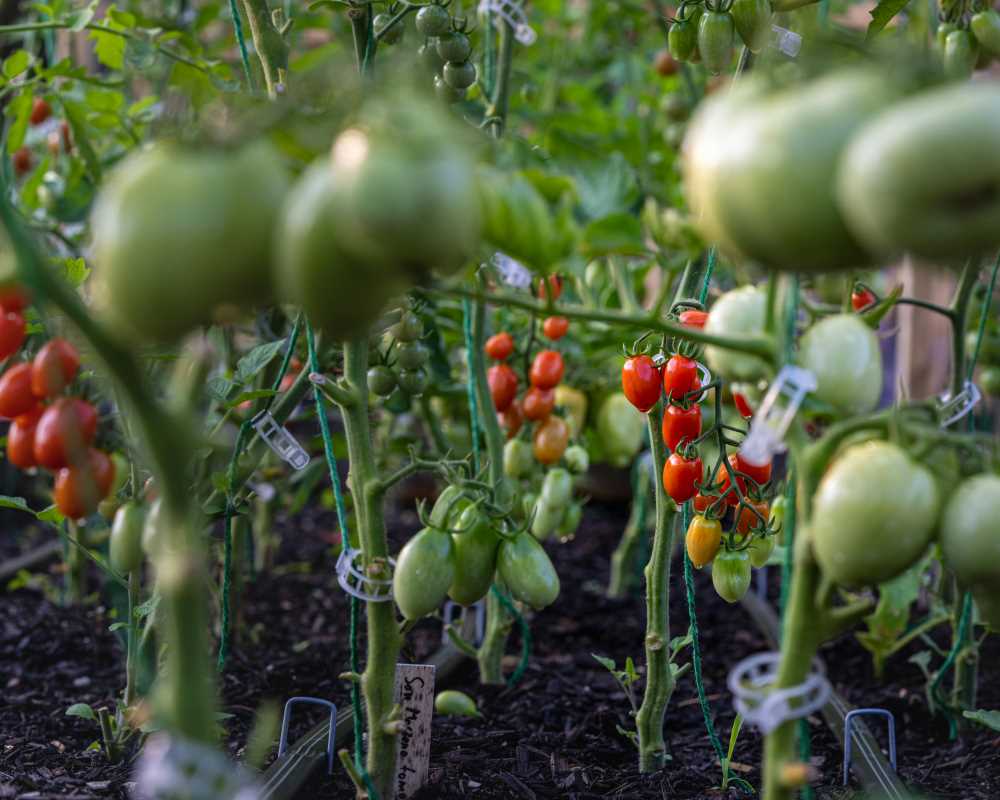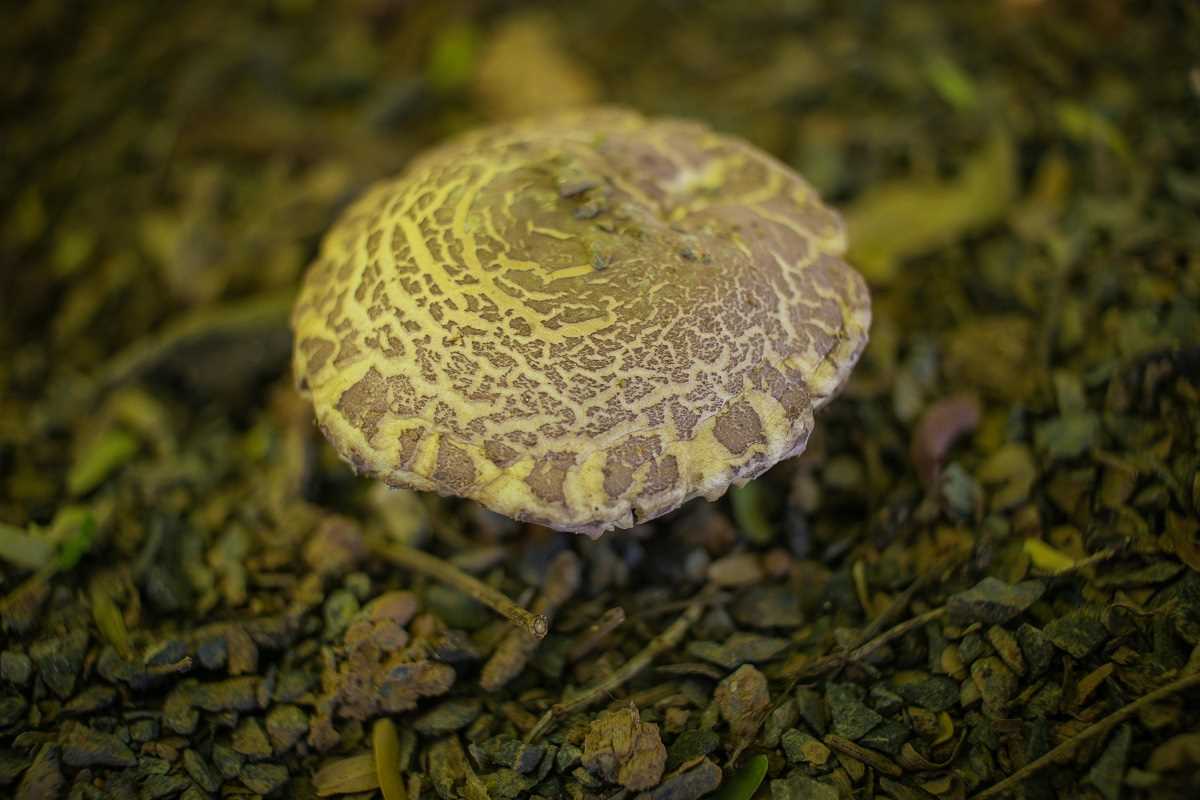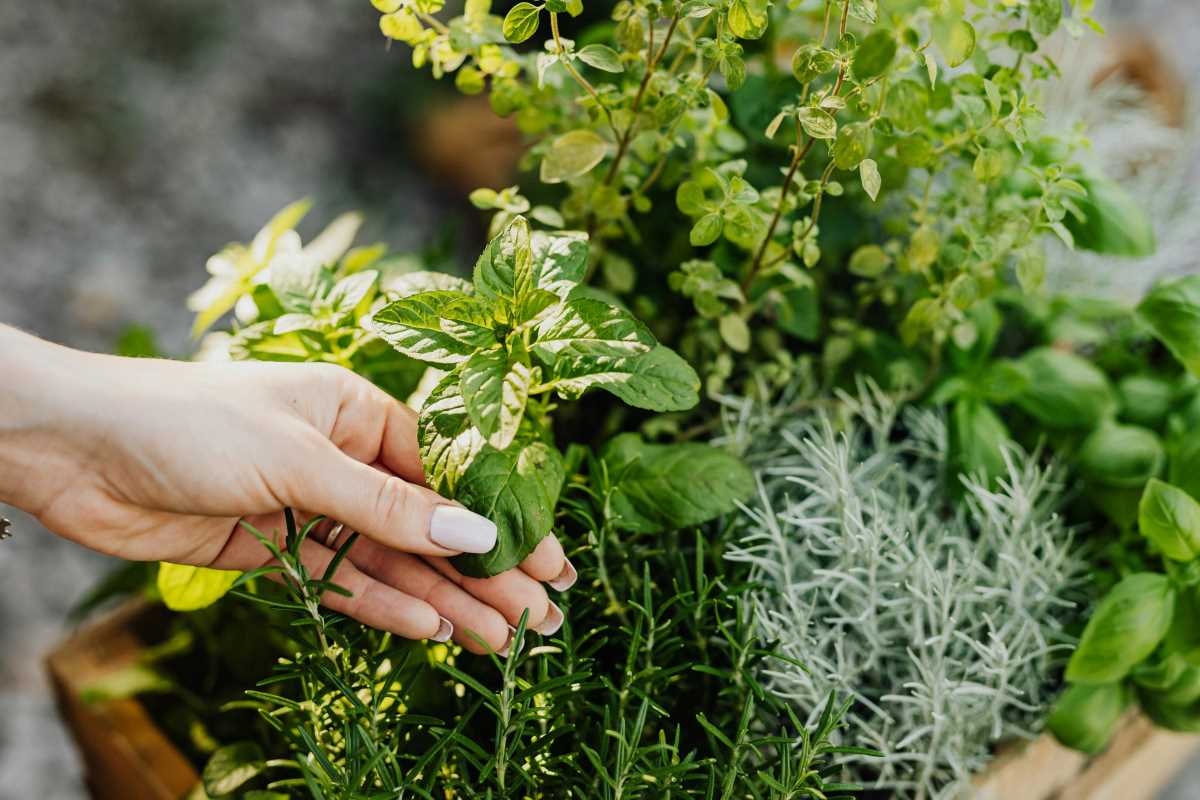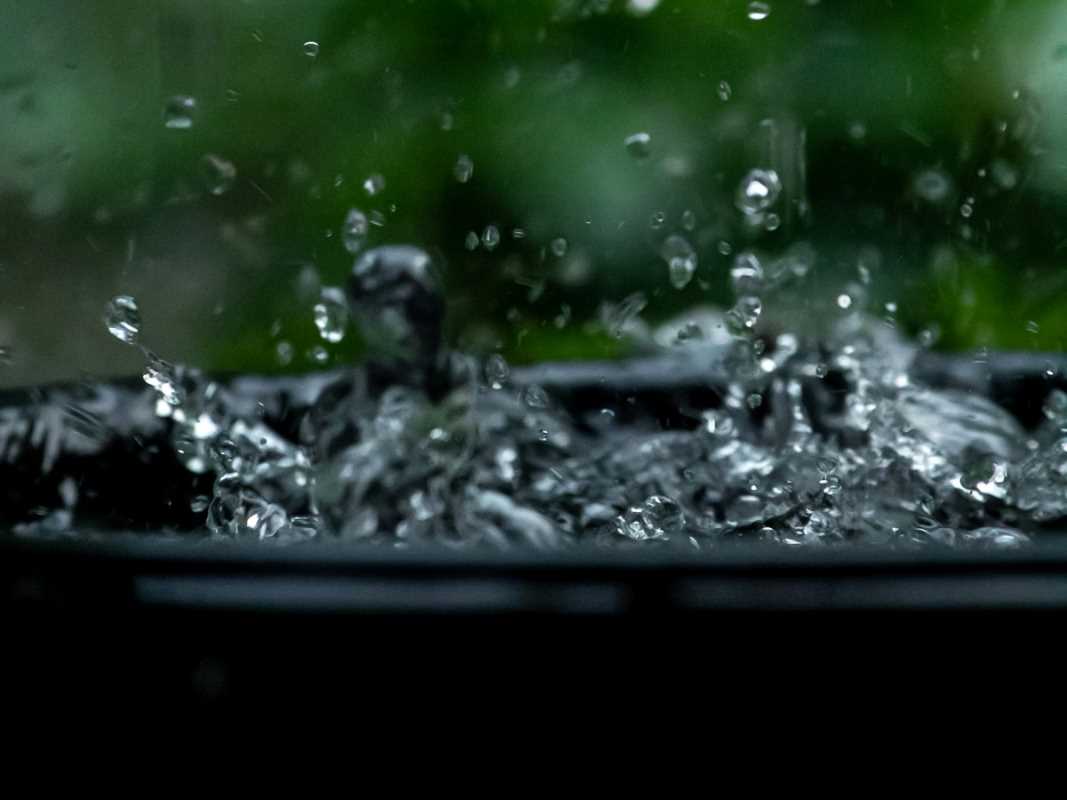A vibrant, flourishing garden starts with healthy soil, and fertilizers play a crucial role in providing nutrients for plants to thrive. However, many traditional fertilizers contain animal-derived ingredients like bone meal, fish emulsion, or manure, which may not align with a vegan or eco-conscious lifestyle. Luckily, there are plenty of plant-based alternatives that deliver incredible results without compromising your values or the environment.
This guide dives into the world of vegan fertilizers, exploring their benefits and offering practical tips for using them to nurture your plants and flowers. Whether you’re growing a patch of vegetables or a beautiful bed of blooms, these fertilizers will help your garden thrive sustainably.
What Are Vegan Fertilizers?
Vegan fertilizers are plant-based or mineral-based products designed to enrich the soil without the use of animal-derived ingredients. These fertilizers rely on sustainable, cruelty-free materials like composted plant matter, seaweed, and minerals to provide essential nutrients such as nitrogen, phosphorus, and potassium.
Benefits of Vegan Fertilizers:
- Cruelty-Free: They exclude animal by-products, making them ideal for vegan and eco-conscious gardeners.
- Eco-Friendly: Many vegan fertilizers are made from renewable resources and generate minimal environmental impact.
- Sustainable: Plant-based fertilizers often utilize organic waste, reducing landfill contributions.
- Safe for Pollinators: They avoid harmful chemicals and substances that can negatively impact beneficial insects like bees and butterflies.
Beyond ethics, vegan fertilizers also support soil health, encourage biodiversity, and promote robust plant growth.
Top Vegan Fertilizers to Try
Here’s a detailed list of some of the best vegan fertilizers you can use for thriving plants and flowers.
1. Plant-Based Compost
Composting is one of the simplest and most effective ways to enrich your soil naturally. By recycling kitchen and garden scraps, you can create nutrient-rich compost that promotes healthy root systems and overall plant vigor.
How to Use:
- Collect plant-based kitchen waste like fruit and vegetable peels, coffee grounds, tea leaves, and nutshells. Avoid animal products, citrus in large quantities, and oily foods.
- Layer food scraps with garden clippings, dry leaves, and cardboard in a bin or compost pile.
- Turn the compost regularly to aerate and speed up decomposition.
- Once the compost becomes dark, crumbly, and earthy-smelling, add it to your garden beds or pots.
Why It’s Great:
Compost improves soil structure, encourages beneficial microorganisms, and provides a slow-release source of nutrients like nitrogen, phosphorus, and potassium.
2. Green Manure
Green manure refers to cover crops like clover, alfalfa, or vetch that are grown specifically to be tilled back into the soil. These plants enrich the soil with organic matter and nutrients, especially nitrogen, while preventing erosion and suppressing weeds.
How to Use:
- Sow green manure seeds in your garden bed during the off-season or as part of a crop rotation plan.
- Allow the crops to grow until they reach maturity, but don’t wait until they flower.
- Cut the plants down and till them into the soil, ensuring the organic matter is well-mixed.
Why It’s Great:
Green manure naturally enriches the soil without the need for synthetic inputs, making it a highly sustainable fertilizer option.
3. Seaweed Fertilizer
Seaweed, whether fresh or dried, is a fantastic source of nutrients and growth hormones that boost plant health. It contains potassium, magnesium, and trace elements essential for thriving plants. Seaweed can be used as a liquid or powdered fertilizer.
How to Use:
- Liquid Fertilizer: Collect fresh seaweed (ensure it’s from a sustainable source) and rinse off any salt. Steep it in water for a few weeks to create a concentrated liquid. Dilute it with water before application.
- Powdered Seaweed: Purchase dried seaweed meal or powder and mix it into the soil or compost pile.
Why It’s Great:
Seaweed breaks down quickly in the soil, providing immediate nutrition. Additionally, it enhances microbial activity and improves plant stress tolerance.
4. Vegan-Certified Commercial Fertilizers
Several brands now produce vegan-certified fertilizers specifically designed for conscientious gardeners. These fertilizers blend plant-based materials and natural minerals to create a balance of macronutrients and micronutrients.
Examples of Vegan Fertilizers:
- Down to Earth Vegan Mix: A blend of alfalfa meal, rock phosphate, and other cruelty-free ingredients.
- EcoScraps Organic Fertilizer: Made from recycled food waste, this fertilizer is rich in nutrients for both flowers and produce.
How to Use:
Follow the instructions provided on the product packaging for the best results. Most commercial fertilizers are easy to apply in granular or liquid forms.
Why It’s Great:
Convenient and effective, commercial vegan fertilizers save time while ensuring your plants receive everything they need.
5. Wood Ash
Wood ash, a byproduct of burning untreated wood, is a natural and sustainable source of potassium, calcium, and other minerals. It’s particularly effective for neutralizing acidic soil and enhancing flower production.
How to Use:
- Collect ash from a fireplace or stove, ensuring only untreated wood was burned.
- Sprinkle a thin layer directly onto the soil around your plants.
- Avoid applying too much, as wood ash can raise soil pH over time.
Why It’s Great:
Wood ash recycles waste while providing critical nutrients without animal derivatives.
6. Alfalfa Meal
Alfalfa meal is made by grinding up dried alfalfa plants into a powder or pellet. It’s a slow-release fertilizer packed with nitrogen, phosphorus, and potassium, as well as growth-promoting hormones.
How to Use:
- Mix alfalfa meal into the planting hole or soil during garden preparation.
- Water well to activate its nutrients.
Why It’s Great:
This plant-based fertilizer energizes soil health while being completely cruelty-free.
Practical Tips for Using Vegan Fertilizers
- Test Your Soil: Before applying any fertilizer, test your soil to determine its nutrient needs. This avoids over-fertilizing and ensures balanced growth.
- Apply at the Right Time: Use fertilizers during key growth stages, like when plants are establishing roots or just before they bloom.
- Don’t Overdo It: Excess nutrients can harm both plants and soil health. Stick to recommended amounts for best results.
- Use Mulch: Organic, plant-based mulch like wood chips, grass clippings, or straw helps retain moisture and slowly adds nutrients to the soil as it breaks down.
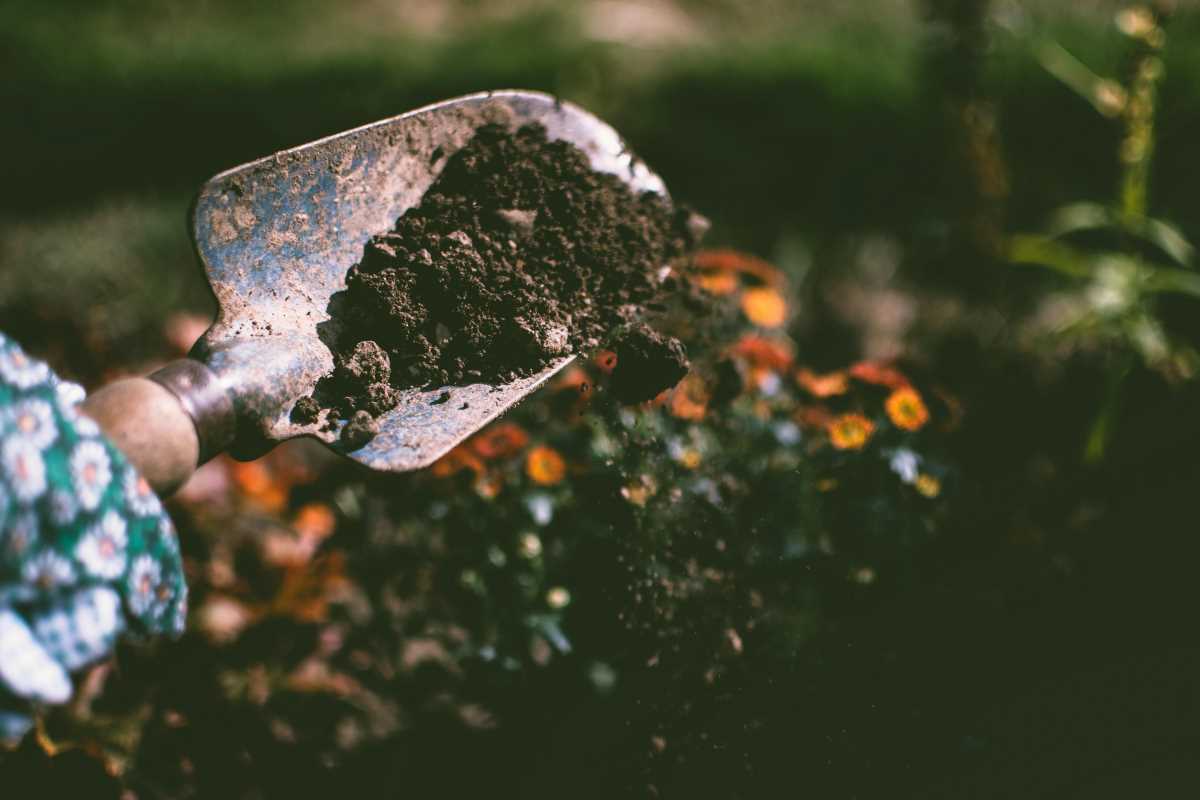 (Image via
(Image via